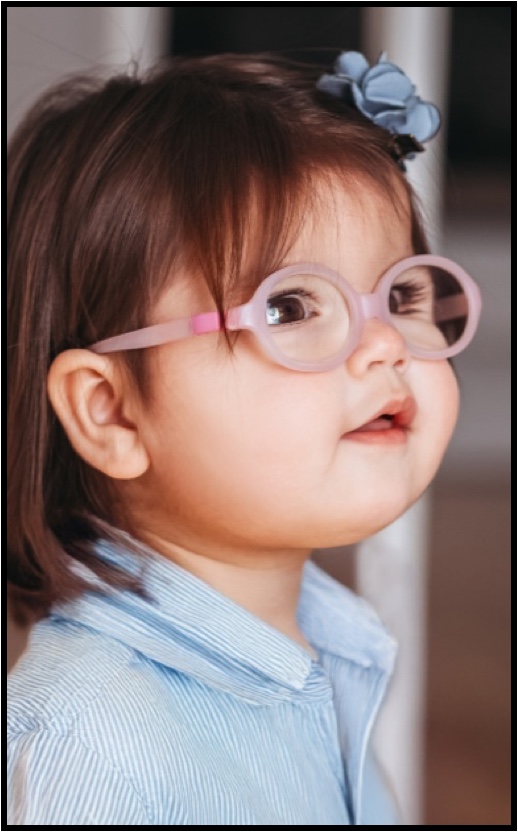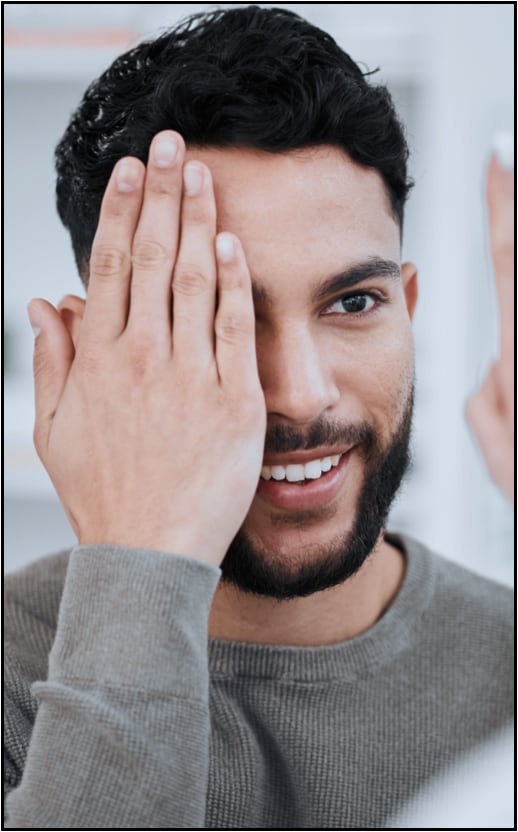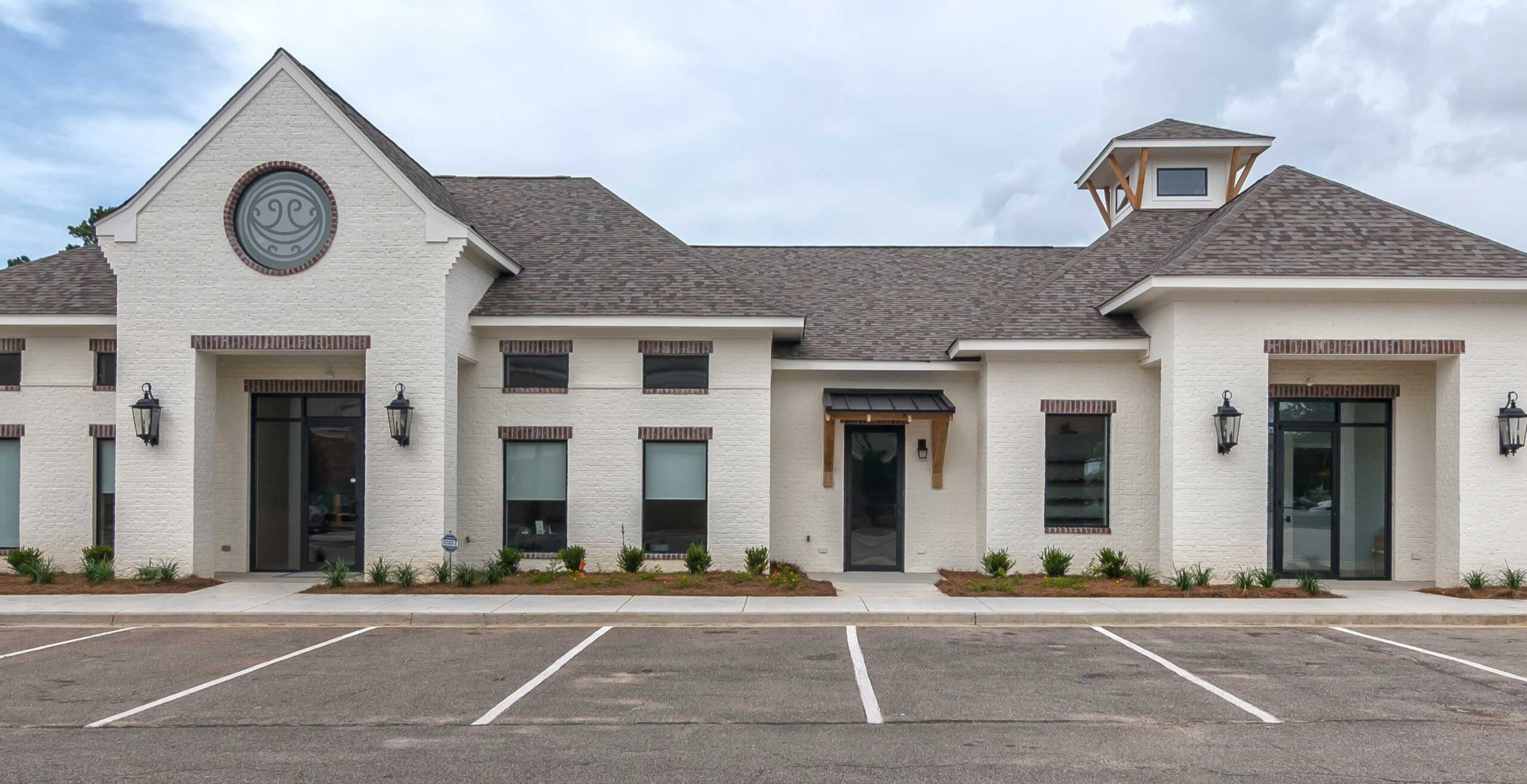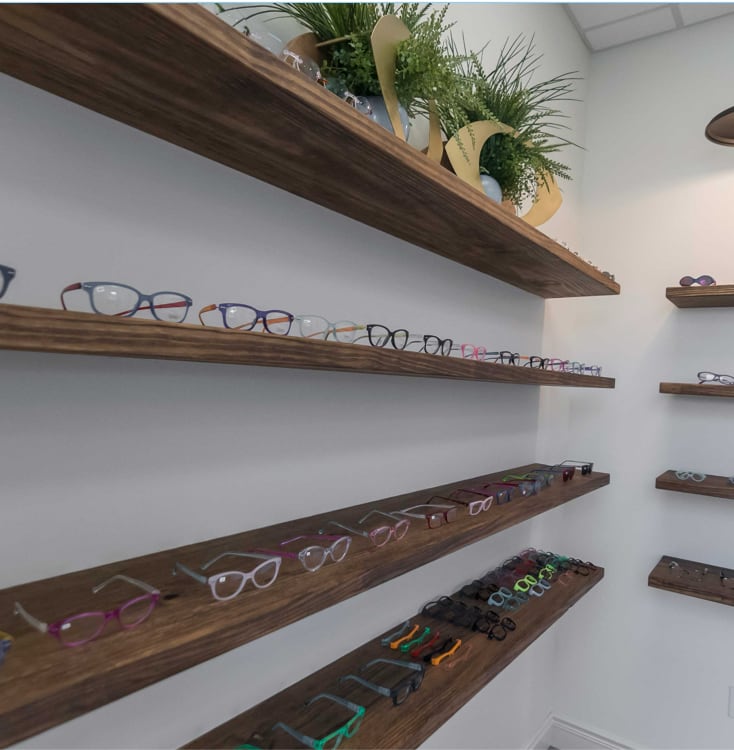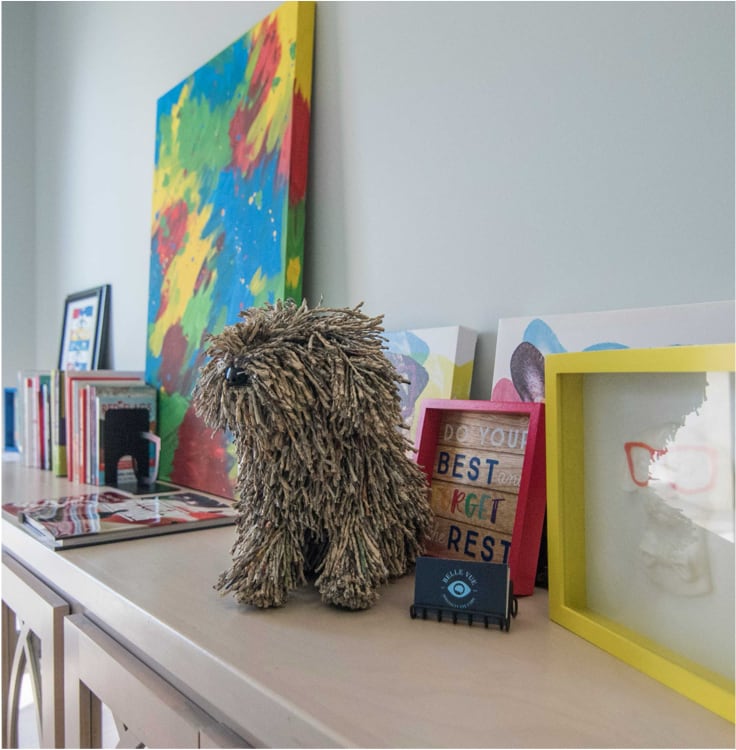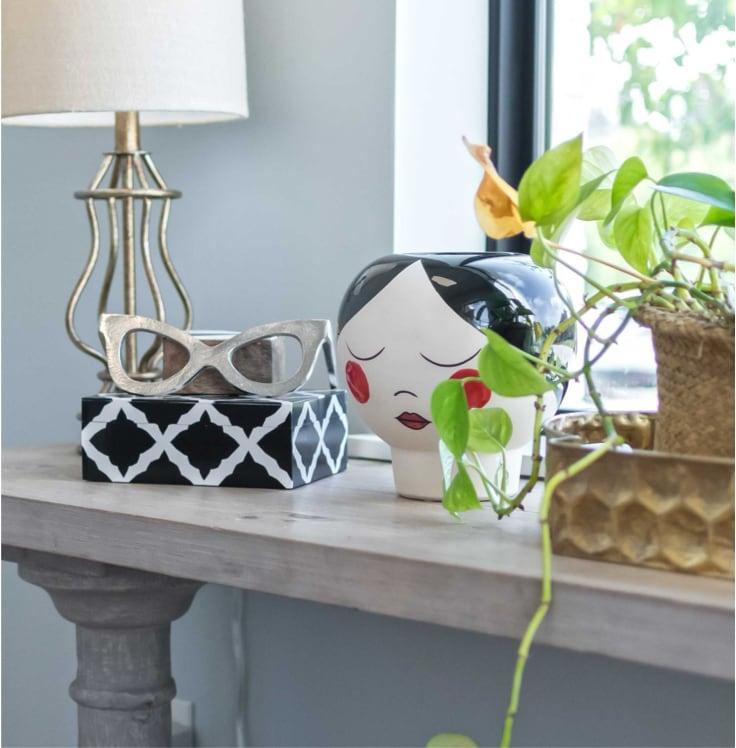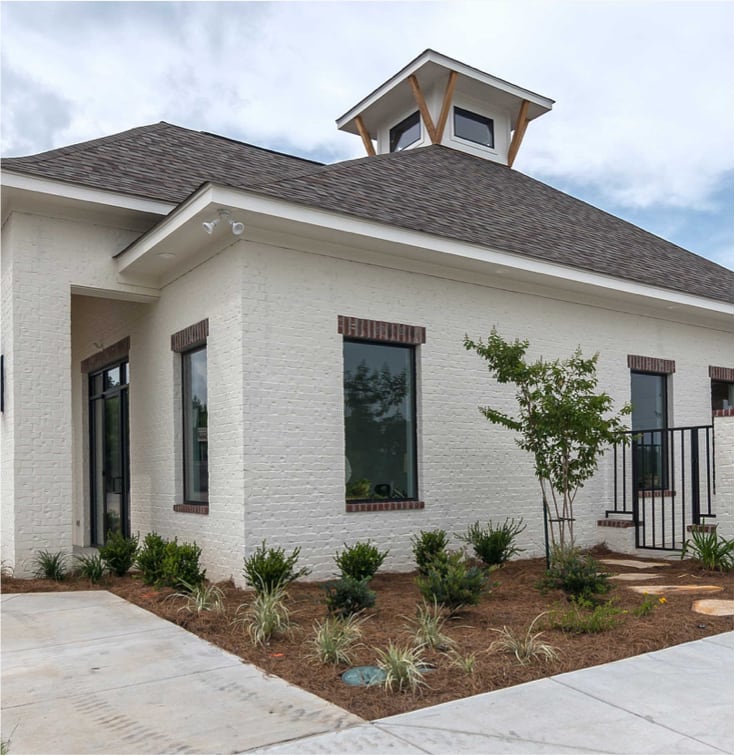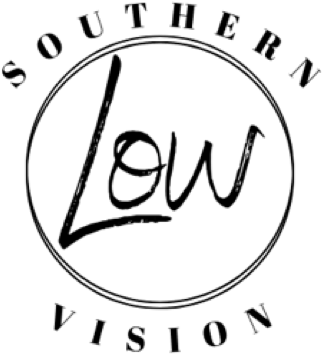Living with macular degeneration can feel like peering through a fogged-up window, where your central vision gradually loses its definition, making daily tasks like reading or recognizing faces difficult. This condition affects millions globally and yet remains one of the least understood.
Low vision aids can help improve the quality of life for individuals with macular degeneration by enhancing their remaining vision and making daily tasks more manageable.
A glimpse into the low-vision aids that might alter your life includes:
- Full-diameter telescopes
- Bioptic telescopic glasses
- Tele-microscope glasses
- Prismatic reading glasses
- Side-vision awareness glasses
- Absorptive lenses
- Computer software
- Video/digital magnifiers
- E-scoop glasses
- Handheld/standing magnifiers
Understanding Macular Degeneration
Macular degeneration is an eye condition that involves the deterioration of the central portion of the retina, known as the macula. This area is responsible for high-resolution vision, which is crucial for activities such as reading and driving. When the macula is compromised, it can lead to a loss of fine vision. Although treatments can slow progression, there is currently no cure, so supportive visual aids can be incredibly beneficial.
Understanding Low Vision
Low vision is a condition characterized by significant visual impairment that cannot be fully corrected with standard eyeglasses, contact lenses, medication, or surgery. It encompasses a range of vision loss, from mild to severe, where individuals may find their ability to perform everyday tasks compromised. The world may appear blurred, colors might seem washed out, and once clear details may be difficult to see.

Challenges for Individuals with Low Vision
For those living with low vision, everyday activities that many take for granted can become daunting tasks. This includes:
- Navigating Spaces: Moving safely around both familiar and unfamiliar environments can be challenging.
- Reading & Writing: Struggling to read fine print on labels, books, and screens can significantly impact learning and communication.
- Household Tasks: Identifying food items, cooking, and cleaning require greater effort and caution.
- Social Interaction: Recognizing faces and expressions, essential for personal connections, becomes difficult.
Signs & Symptoms of Low Vision
If you’re experiencing any of the following, it might be time to explore low vision services:
- Difficulty navigating in dim lighting or at night
- Problems distinguishing faces or expressions from a distance
- Trouble with reading, even with regular glasses
- Seeing colors as faded or washed out
- Requiring more light for reading and other activities
Deciphering Types of Low Vision
The type of low vision issue that an individual may experience varies widely depending on its cause. The most prevalent kinds you might encounter include:
- Central vision loss: This affects the central part of your sight, making it hard to see details and colors.
- Peripheral (side) vision loss: This can make it difficult to see things from the corner of your eye.
- Night blindness: As the name suggests, this makes it challenging to see at night or in dimly lit areas.
- General haziness in vision: This can make shapes and objects appear blurry or distorted.
- Blindness in one eye: Loss of vision in one eye, while the other remains unaffected, may cause issues with depth perception.
Empowering Aids to Enhance Sight
For individuals experiencing low vision, navigating the wide array of aids designed to improve sight can initially seem overwhelming. Yet, these aids can be pivotal in regaining autonomy and enhancing quality of life. They come in various forms—optical, non-optical, and electronic—each crafted to assist with distinct vision-related activities.
Here are some of the most popular aids to consider:
- Full-diameter Telescopes: Ideal for seeing distant objects or scenes, drawing them closer to the viewer.
- Wearable telescopes that enhance distance tasks, such as driving and watching television.
- Tele-microscope Glasses: Specially designed for near and intermediate tasks, such as computer use or intricate crafts, enhancing detail and comfort.
- Prismatic Reading Glasses: Engineered to focus text directly before the eyes, reducing strain and fatigue during extended reading sessions.
- Side-vision Awareness Glasses: Expanding the field of view, these glasses help in navigating spaces with increased awareness.
- Absorptive Lenses: Tailored to diminish glare and boost contrast, facilitating better visual distinction.
- Computer Software: Accessibility tools featuring screen magnification and voice narration, making digital content more approachable.
- Video/Digital Magnifiers: Revolutionize how you interact with the visual world, offering adjustable magnification for diverse tasks.
- E-scoop Glasses: These innovative lenses adjust and filter light, sharpening clarity and detail in your surroundings.
- Magnifiers (handheld/standing): Essential for reading and detailed tasks, they make fine print accessible once more.
Low Vision Solutions at Belle Vue Specialty Eye Care
Embracing life with low vision demands courage, and at Belle Vue Specialty Eye Care/Southern Low Vision, we recognize the resilience in each personal journey. Through meticulous assessment and a holistic approach, we aspire to optimize your seeing potential and navigate these waters together.
The potential for improved vision doesn’t just rely on low vision aids—it also involves tailored vision therapy services we’re dedicated to offering. Our goal is to make the most of your remaining vision, allowing you to fully interact with life’s vibrant canvas. If macular degeneration has affected your sight, let us guide you through your options.
Reach out to Belle Vue Specialty Eye Care/Southern Low Vision now to arrange a consultation. Discover how we can support your low-vision requirements and pave the way to a clearer, brighter future.


